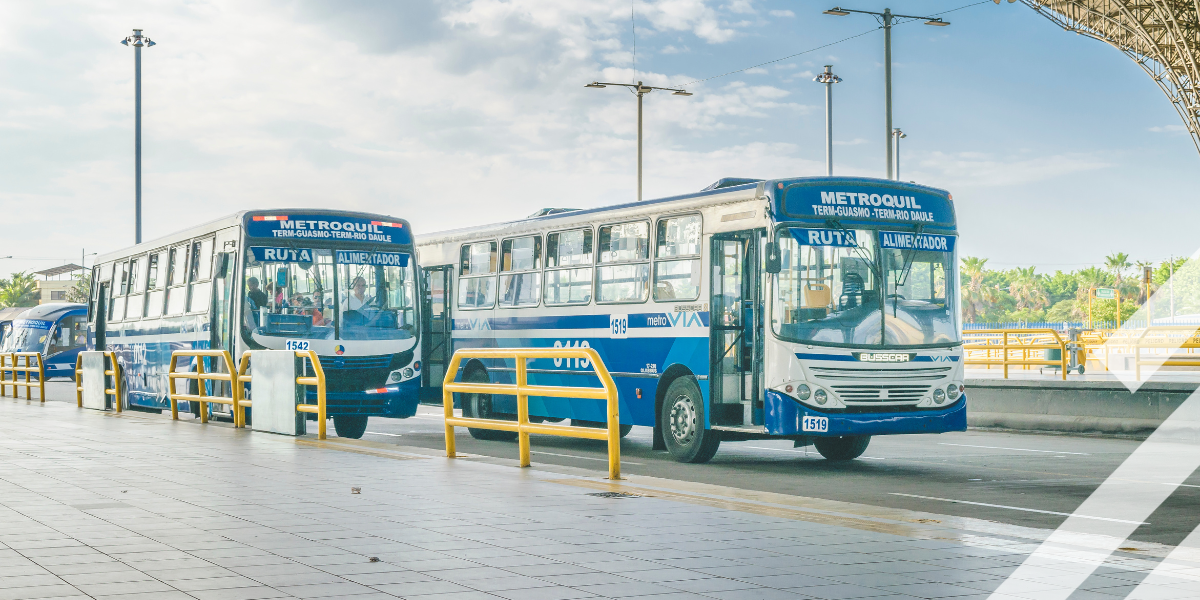ITS NATIONALS: The National Experience in ITS, C-ITS and Smart Mobility
Thursday, 18 April 2024
Good practice makes perfect – that might not be quite the right phrase but in the case of the ITS Nationals, and the Czech Republic, Slovenia, Ireland and Austria in particular, it certainly rings true.
During Intertarffic Amsterdam 2024, Summit Theatre 3 played host to senior figures from four ITS associations who discussed what constitutes good practice in terms of regional and national ITS deployments.
Hosted by ITS&S Czech Republic’s Roman Srp, the four experts gave their own personal experiences of the impact that intelligent transport systems have had on their country’s transport networks.
“Intelligent transport systems and services are an important tool for intelligent mobility,” he said. “With their help the transport system can be planned, organised, managed and influenced to achieve planned goals.” Srp added that the role of ITS&S, the organisation that he heads, is also to support customers in transferring knowledge, enriching a national ITS solution portfolio and in developing ITS strategies, implementation and operation. In terms of best practice, Srp cited the creation of the Czech Republic’s National Traffic Information Centre, the nationwide availability of Floating Car Data and deployment of C-ITS on his country’s roads as examples of how the Czech Republic is performing admirably.
Jure Pirc from ITS Slovenia highlighted that his organisation’s modus operandi is to promote the use and harmonized development of ITS strategies across the nation, exchange ideas, take part in pan-European projects and, crucially, keep Slovenians informed. It’s C-ITS based interface has been successfully tested with Austria, Italy, Czech Republic, Spain and France. Among the latest projects that Pirc’s members are working on is an anonymous probe vehicle data collection programme that focuses on emergency vehicle prioritisaton.
Ciaran Carey from ITS Ireland told the well-attended session that among Irish best practices in ITS terms included the cutting-edge Motorway Operations Control Centre, the continual improvements in the management of the M50 toll motorway which uses cutting edge technology, its Network Intelligence Management System (NIMS) and focus on Motorway Traffic Flow Optimisation.
The MOCC brings together tunnel and motorway control under one roof, housed in a recently expanded and extended building that features a vast video wall and increased space for operations personnel that provides additional capacity to handle the increased operational capabilities and responsibilities.
Finally, ITS Austria’s Martin Boehm talked about what his organisation is there to do. “Based on transport policy objectives ITS Austria defines priorities in the focus areas of digital infrastructure, connectivity and multimodality. An important premise, though, is the freedom of choice in a multimodal mobility offer for users throughout urban and rural Austria.”
Austria, and Vienna in particular, have long been held up as examples of a country and a city that has really grasped the ITS nettle and forged a clear path of innovation and implementation that other jurisdictions have followed. Currently ITS Austria is involved in, and influencing, the sector in deploying C-ITS solutions, a multimodal traffic management system and Urban Vehicle Access Regulations. With the country’s track record of being one of Europe’s, if not the world’s, leading lights in the field of ITS best practices, it’s no surprise that Austria’s national experiences shine such a positive light on the industry and its potential, with the public sector, transport operators, the infrastructure sector, educators and research institutions at the very core of its inexorable progress.
During Intertarffic Amsterdam 2024, Summit Theatre 3 played host to senior figures from four ITS associations who discussed what constitutes good practice in terms of regional and national ITS deployments.
Hosted by ITS&S Czech Republic’s Roman Srp, the four experts gave their own personal experiences of the impact that intelligent transport systems have had on their country’s transport networks.
“Intelligent transport systems and services are an important tool for intelligent mobility,” he said. “With their help the transport system can be planned, organised, managed and influenced to achieve planned goals.” Srp added that the role of ITS&S, the organisation that he heads, is also to support customers in transferring knowledge, enriching a national ITS solution portfolio and in developing ITS strategies, implementation and operation. In terms of best practice, Srp cited the creation of the Czech Republic’s National Traffic Information Centre, the nationwide availability of Floating Car Data and deployment of C-ITS on his country’s roads as examples of how the Czech Republic is performing admirably.
Jure Pirc from ITS Slovenia highlighted that his organisation’s modus operandi is to promote the use and harmonized development of ITS strategies across the nation, exchange ideas, take part in pan-European projects and, crucially, keep Slovenians informed. It’s C-ITS based interface has been successfully tested with Austria, Italy, Czech Republic, Spain and France. Among the latest projects that Pirc’s members are working on is an anonymous probe vehicle data collection programme that focuses on emergency vehicle prioritisaton.
Ciaran Carey from ITS Ireland told the well-attended session that among Irish best practices in ITS terms included the cutting-edge Motorway Operations Control Centre, the continual improvements in the management of the M50 toll motorway which uses cutting edge technology, its Network Intelligence Management System (NIMS) and focus on Motorway Traffic Flow Optimisation.
The MOCC brings together tunnel and motorway control under one roof, housed in a recently expanded and extended building that features a vast video wall and increased space for operations personnel that provides additional capacity to handle the increased operational capabilities and responsibilities.
Finally, ITS Austria’s Martin Boehm talked about what his organisation is there to do. “Based on transport policy objectives ITS Austria defines priorities in the focus areas of digital infrastructure, connectivity and multimodality. An important premise, though, is the freedom of choice in a multimodal mobility offer for users throughout urban and rural Austria.”
Austria, and Vienna in particular, have long been held up as examples of a country and a city that has really grasped the ITS nettle and forged a clear path of innovation and implementation that other jurisdictions have followed. Currently ITS Austria is involved in, and influencing, the sector in deploying C-ITS solutions, a multimodal traffic management system and Urban Vehicle Access Regulations. With the country’s track record of being one of Europe’s, if not the world’s, leading lights in the field of ITS best practices, it’s no surprise that Austria’s national experiences shine such a positive light on the industry and its potential, with the public sector, transport operators, the infrastructure sector, educators and research institutions at the very core of its inexorable progress.
Get up to speed on the mobility industry - our newsletter straight to your inbox!



